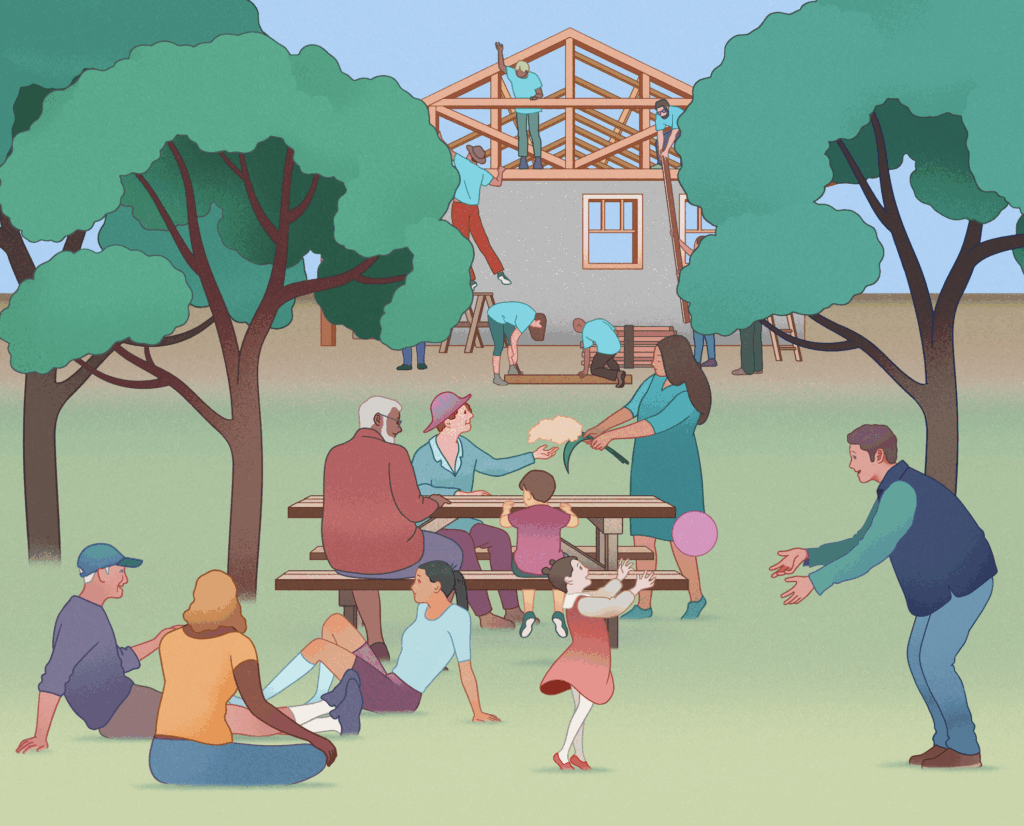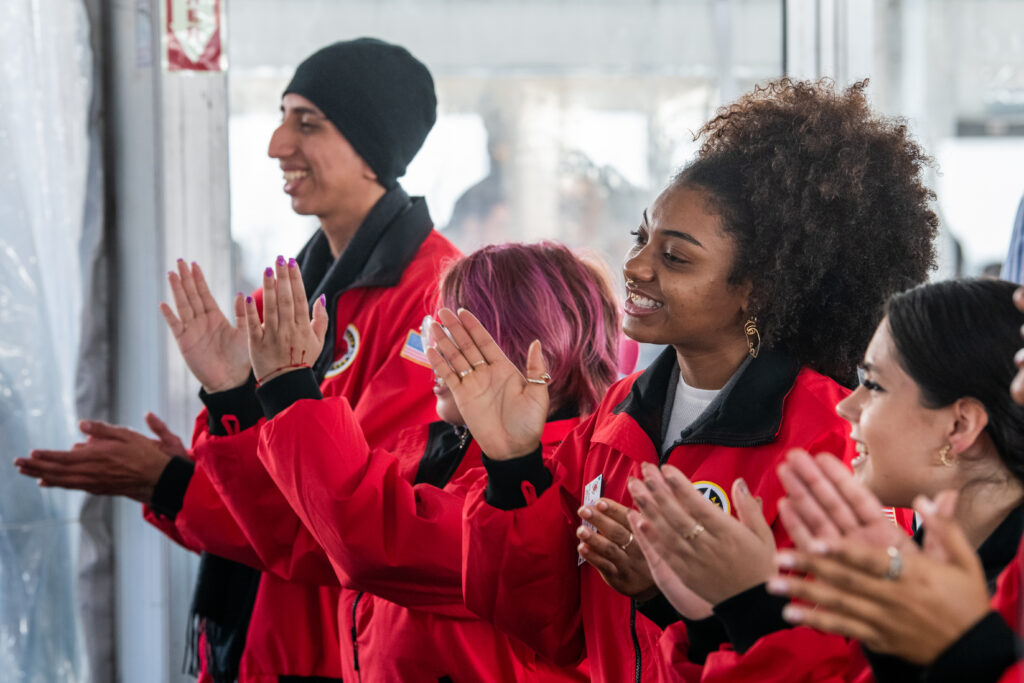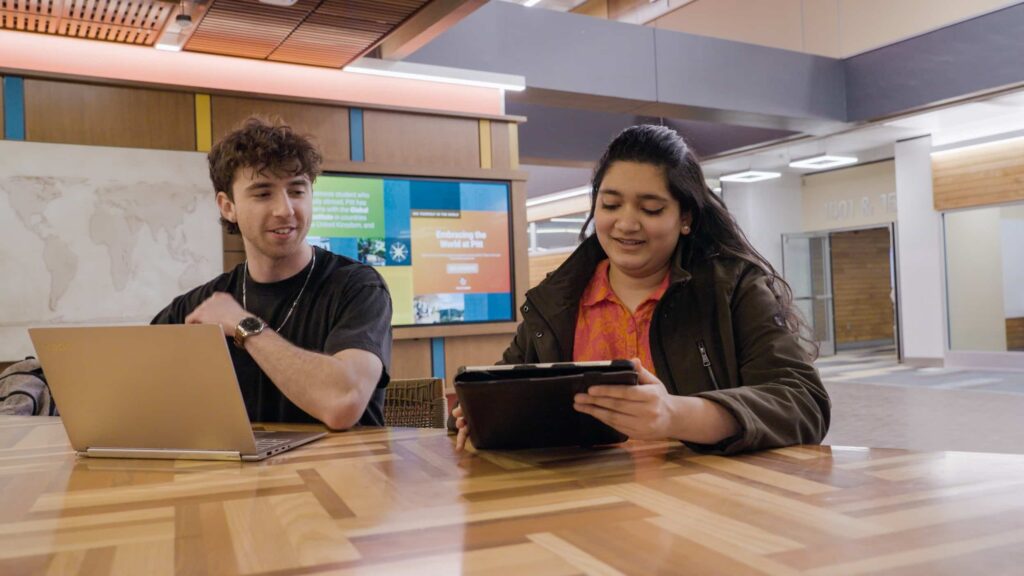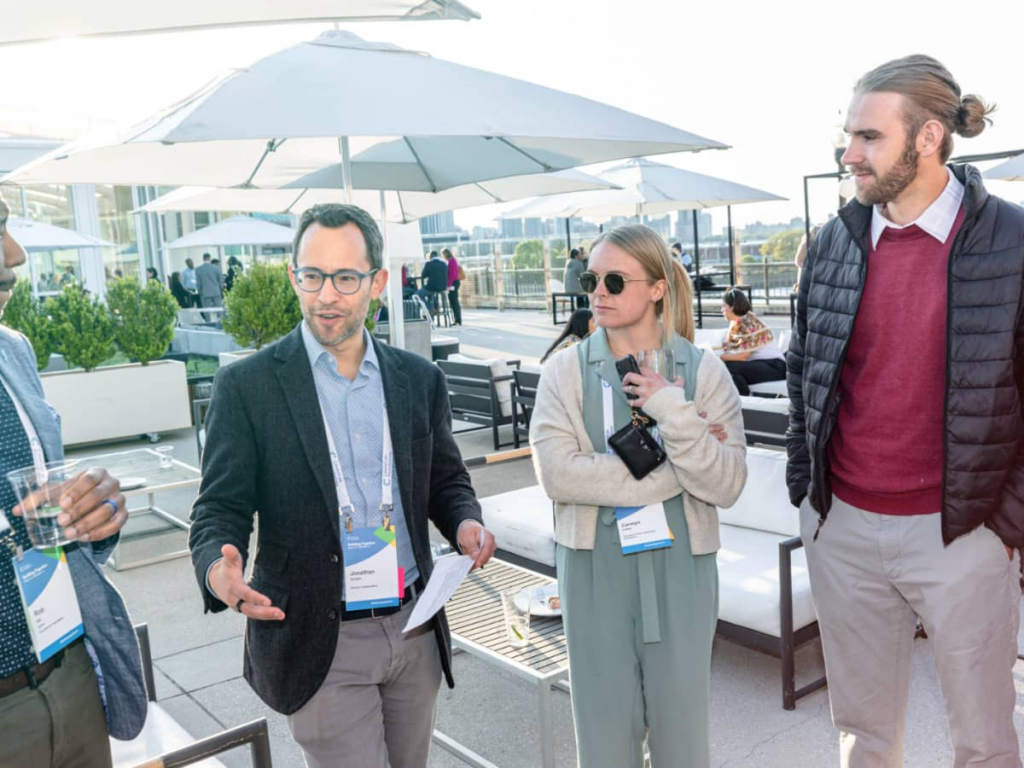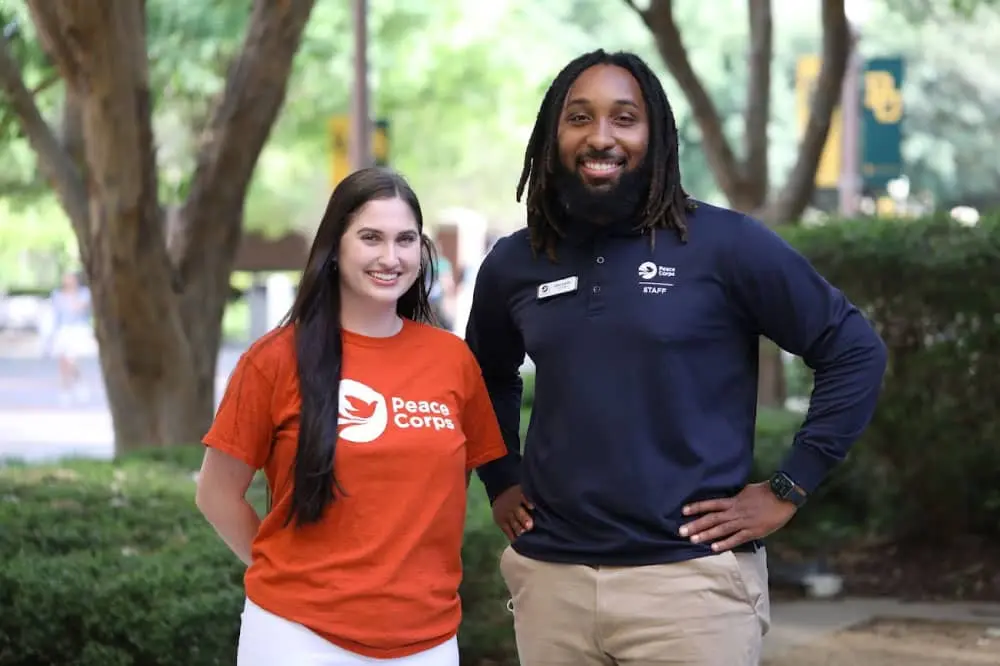My mind was filled with checklists, and my body was racked with anxiety as the date of my daughter’s bat mitzvah approached, marking the moment she entered into adulthood.
I spent lots of time with our daughter in the months leading up to the ceremony – listening to her practice her Torah portion, deciding on the guest list, and selecting food and party favors. We shared our feelings about this milestone in her life. These moments together, and the closeness we had, reminded me of the first years of her life when the daily tasks of feeding, bathing, and diaper-changing created multiple connection moments all day long.
The little girl who was born 11 weeks prematurely and weighed under 3 pounds is now a happy and healthy teenager. On the day of her bat mitzvah, as I watched her proudly speak in front of nearly one hundred people, I reflected on all the other rites of passage I’ve observed over the years: her first steps, the first day of elementary school, the first bike ride without training wheels, the middle school basketball games where she led her team to victory, and so many more.

Throughout all of these moments, I can see and hear myself right by her side, often literally in photos and videos. The ways in which my husband and I nurture and love our children may not be as visible in social media, movies, and everyday life, but it has powerful impact on our children’s development.
My husband and I came to be parents after an extended process of discussion, paperwork, and lots of waiting. A year into our marriage, we began to explore pathways to parenthood. We took a “Maybe Baby” class with other gay men and learned about adoption and surrogacy, while also hearing stories from our peers who had become parents. After some back and forth and lots of discussion of pros and cons, we ultimately decided in 2007 to begin the process for adoption.
In 2010, we brought home our son. Eighteen months later, our family expanded with the addition of our daughter, also through adoption.
The baby classes we took were helpful in preparing us for the unique challenges faced by adoptive families. However, we still had lots of other questions on our minds. What is the best way to hold a baby? How do you change a diaper? How do you get a baby to fall asleep?
Most of all, we wondered, what could we do to build a close relationship with children with whom we had no biological connection? Thankfully, it was heartening to learn early on that the techniques to build strong, positive, and nurturing relationships, between parents and babies also known as early relational health, worked for all and not just the birth parents.
My husband and I used feeding time to hold our babies close to our bodies, our eyes responding to their gaze as we communicated with them. We told them the story of their adoption. I wrote songs about each of our children that I would sing to them each night as I rocked them to sleep. And we told them how much we loved them and how happy we were to be a family. This emotional expression – through talking and singing – built and reinforced a connection between us. Our son and daughter would turn their heads to look up at me while I was sharing my feelings.
In multiple studies of premature infants, the Nurture Science Program found that this orienting reflex and emotional connection had positive effects on the child’s sleep and brain development, reduced the mothers’ maternal depression and anxiety four months after giving birth, and ultimately led to healthier cardiac function for both mothers and babies five years later.
Social norms are evolving as well; in the most recent State of America’s Fathers report, the authors noted, “Men in the U.S. want to care, and they are doing more of the care work than ever before.”
As time went on, and our infant daughter became a toddler, her interest in me did not wane. Nor did mine in hers. But, I did notice that my aspiration in maintaining an emotional bond with my daughter was not reinforced among other men my age or in the media. Does that mean that fathers can’t have relationships with their kids that are rooted in emotional connection?
Of course not. But, there are societal barriers that have nothing to do with parenting.
Men learn early on, and particularly during adolescent development, that emotional expression is not part of relationships between adult men. These stereotypes around gender roles in society have been further reinforced through decades of attachment research in the United States that has focused almost exclusively on mothers. Only more recently have researchers expanded their work to include studying fathers – and early results show the positive impact of caring father-child relationships on child development.
Social norms are evolving as well; in the most recent State of America’s Fathers report, the authors noted, “Men in the U.S. want to care, and they are doing more of the care work than ever before.” The best news is that all humans are wired for relationships as a path to our own regulation, as well as those around us – and this is true for all parents, not just mothers.
Ever since my daughter could speak, she used Daddy to refer to both my husband and me. Neither of us wanted to be Papa or something else. That worked for us, and we all were able to figure things out.
But, beyond just the name itself and its dual use, there was something else about the word that connoted the connection between a father and a young child who depends on, looks up to, and adores him. Every time I heard it, my heart melted a little, and I was transported back to those early years when she first said that word.
And, then one day, about a month before the bat mitzvah, my daughter started calling me Dad. I noticed it but didn’t immediately think much of it. At her age, she is trying out a lot of things like slang, curse words, and new vocabulary. But, then over the next several days, it became clear to me that “Daddy” was being left behind, and “Dad” was here to stay.
You don’t ever know when it is the last time your child will grab your hand as you walk home from school. You can’t schedule the final request for you to rub their back at bedtime. And, I didn’t get an invitation to the farewell party for Daddy.
Lucky for me – and for all fathers – the emotional connection and unconditional love that we fostered in our children’s first years of life remain critical to their health and well-being through adolescence and adulthood. The principles that make us good fathers early on will also make us good Dads for the long haul.

